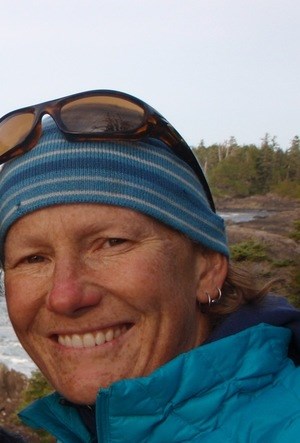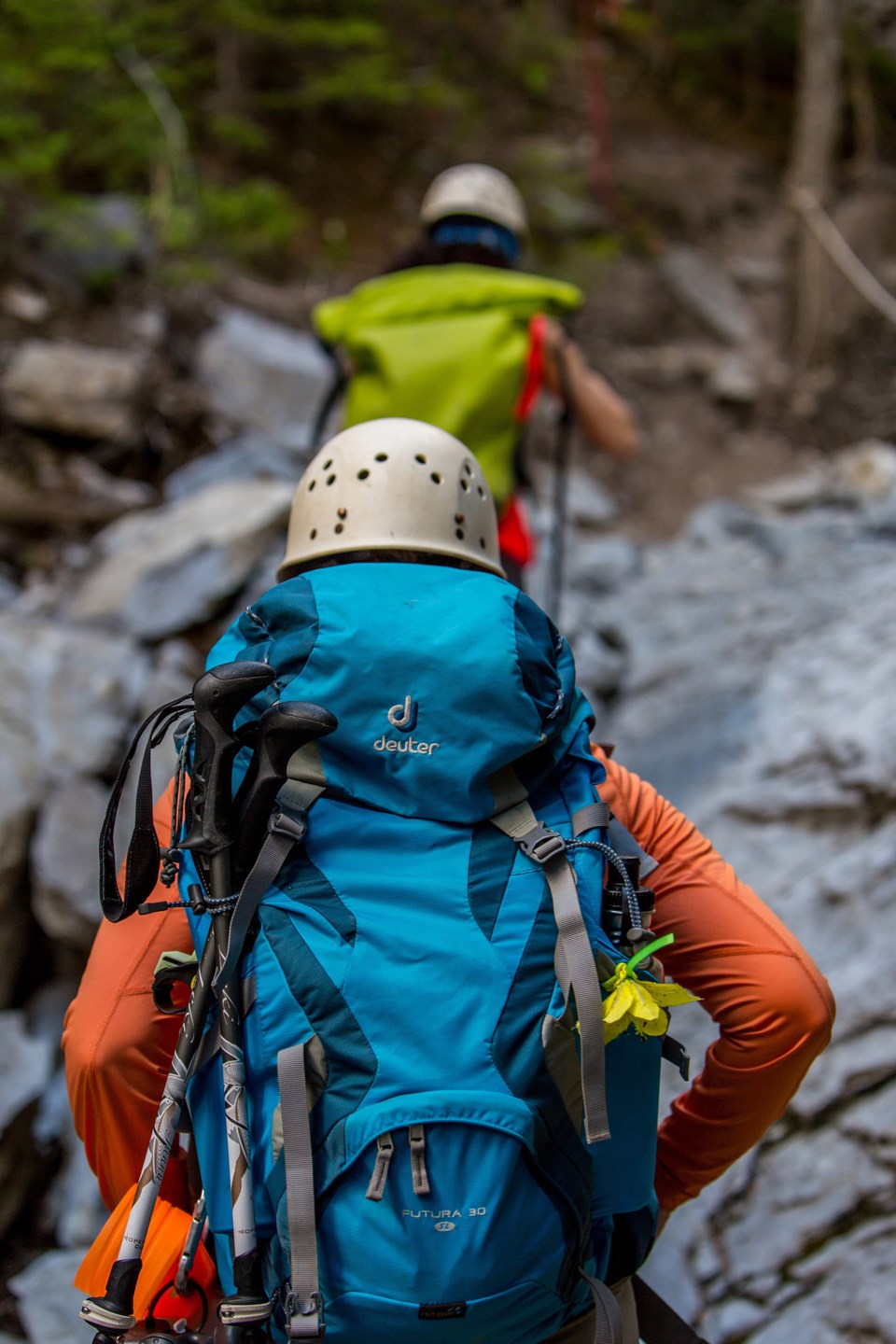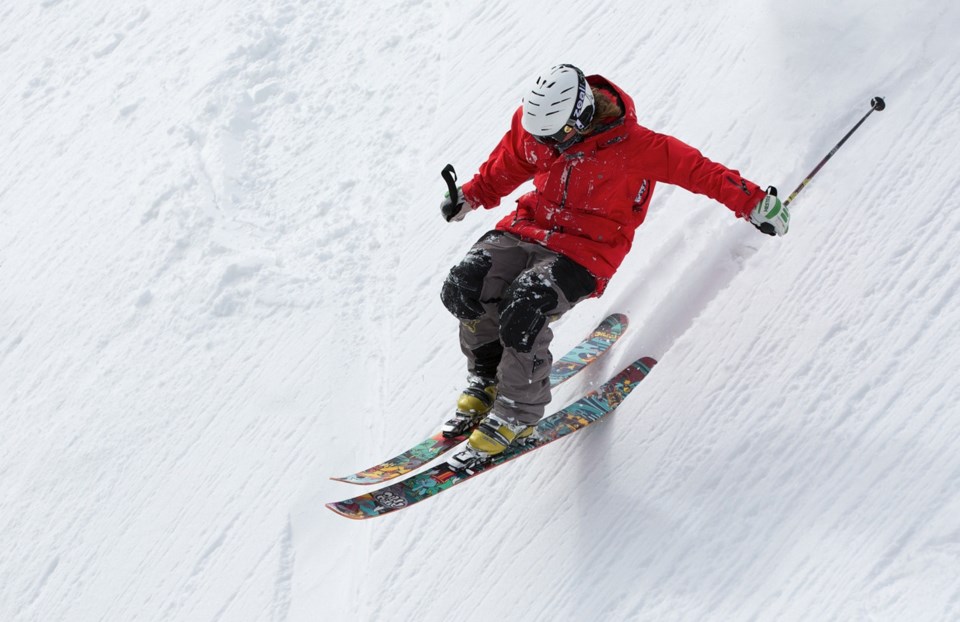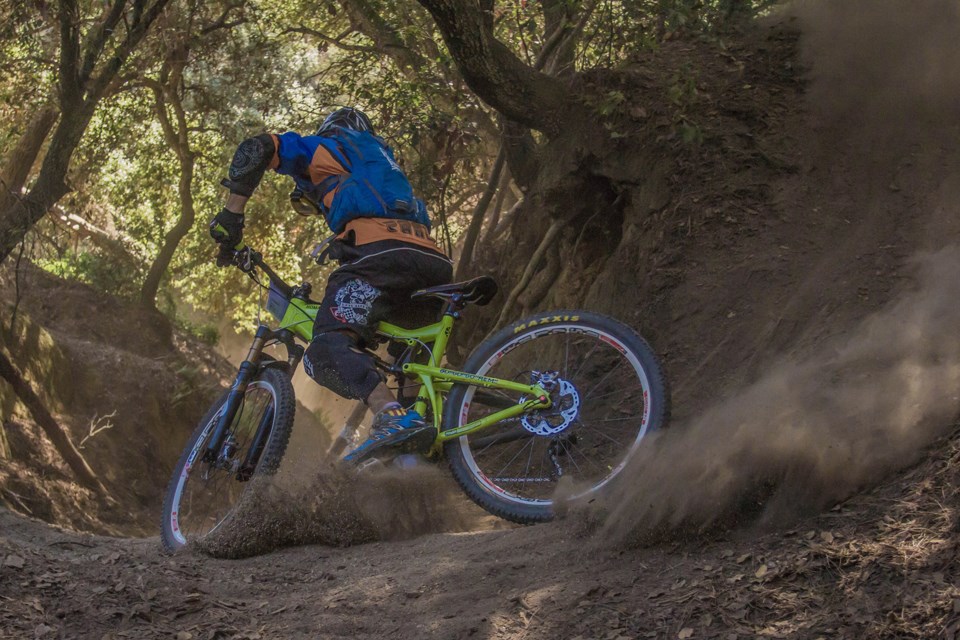Physiotherapist Karen Ogilvie says she has to remind some of her patients that they are normal people.
“When you come into a town like Squamish, everyone’s a pro athlete, or they’re training for an ultramarathon, or they’re doing four events every day,” said Ogilvie, who works out of Ako Collaborative Health. “I have to remind my more sedentary people that they are still average people.”

Ogilvie is one of many physiotherapists in Squamish who are kept busy with patients who love the outdoors — a love that, it seems, isn’t always reciprocated.
The injuries she sees in Squamish are unlike anything she saw in her previous offices in Williams Lake, Quesnel, and Vancouver.
There, she said, “It was more like the desk jockeys with sore necks and sore shoulders and sore backs. We are very different.”
There are two primary types of ailments, she says, traumas and repetitive use injuries.
“In the trauma world, you tend to end up with ACL’s [anterior cruciate ligament injuries], the knee injuries, but you also end up with whiplashes from mountain biking, dislocated shoulders from snowboarding or climbing… ankle sprains from playing soccer or running on trails,” Ogilvie said. Repetitive injuries are especially common when we have a few days of good weather.
“We get a string of five sunny days, and everybody goes out every single day to do their thing,” she said. “Just give your body some rest.”
Muscles need a chance to build, and inflammation needs to reduce for one’s body to be ready to go again.
“Recovery is really important. Most of us don’t spend enough time doing it,” Ogilvie said.
Variety is not only the spice of life but important in an exercise and recreation regime, too, she said.
“If all you do is mountain bike, you’re going to get chronic tightness areas and weakness areas,” Ogilvie said. “Squamish is good this way because we have a million things we can do. But as long as you’re not mountain biking every single day, maybe you’re going for a run, going for a hike, going kiting, many different things, you may be able to balance off those strengths and weaknesses.”
The other advice she offers is not to let enthusiasm overtake ability.
“There’s a tendency to get too excited and jump into your training too quickly,” she said. “It’s really important to ramp up whatever you’re doing, rather than go full force into something.”
Nina Tappin is a physiotherapist with a special interest in climbing injuries. In crack climbing, she said, ligament injuries to the wrist and finger joints are common, caused by wedging fingers into crevices and then twisting and pulling.
“Now that we’ve got climbing walls in Vancouver and Squamish, we are starting to see these finger and elbow and shoulder injuries from climbing training at the climbing walls,” said Tappin, who works with fellow physio Will Bateman at Project Physio, which is cleverly located within the Ground Up Climbing Centre.
“We both really promote strength and conditioning,” she said. Many climbers think that it’s all about finger and arm strength.
“A lot of body tension and force comes through pulling in with your feet and standing up through your legs,” Tappin said. “Obviously, your core, having a really strong torso connected to your shoulders is super important.… Desk job people will be more at risk of injuring themselves because they might not have that base full-body strength that’s really needed for climbing.”

While physios often see people suffering a particular ailment, Maggie Phillips-Scarlett, a physiotherapist at Sea to Sky Sports Physio, adds that plenty of Squamites ensure their bodies receive the sort of regular maintenance they provide for their car.
“There are seven physios at our clinic, and we all are busy,” she said. “We have a really active population, so there are certainly going to be… injuries from doing lots of activities. But I also think that we also have a pretty wellness-focused community, so people like to take care of themselves. Instead of letting an injury linger, often people will come in, and I see lots of people on a semi-regular basis for maintenance. Every four to six weeks they will come in and do a tune-up, sort of like a car.”
Conversely, there are times when an injury requires more than a physiotherapist can provide. X-rays and other hospital treatments are called for usually when a patient is having trouble bearing weight or when an injury is very swollen or very sore to the touch.
In an outdoorsy community that has grown so much so fast, Squamish General Hospital is facing challenges meeting demand. While there are no wait lists for X-rays, a patient requiring an ultrasound will wait five to six weeks.

“This is a reflection of how quickly the community is growing,” said Tiffany Akins, communications leader at Vancouver Coastal Health. “It’s a little longer than we’d like, so we recently hired two new staff who will help to address this.”
CT scans, if required, are done at Lions Gate Hospital or Whistler Health Care Centre.
All the physiotherapists agree that a good warmup is the best way to prevent injury.
“At the beginning of your ride, or the beginning of your climb of the beginning of your ski, do a low-aerobic warm-up, warming up your system,” Phillips-Scarlett said. “This also prepares your brain. We know that the brain controls muscles and tendons, the system we call proprioception, that is the ability to know where your joint is in space.”
Keeping limber in general helps prevent both repetitive injuries and trauma.
“Certainly as we get older and we continue to be active, we need to do our stretching and what we call mobility work,” she said. “Just do a little bit of homework to allow you to do the activities that you love.




